Why you can trust TechRadar
We dedicate hours to testing each product or service we review, ensuring that you choose the best option available. Discover more about our testing process.
Review of Printerpix Photo Book
If you want to turn your cherished memories into a physical book, a Printerpix photo book could be a great choice. You can easily upload your favorite images and customize your book’s theme and finish using their user-friendly software.
The simplicity of Printerpix is what really stands out when designing a custom photo book. Their editing interface is modern and neatly organizes everything into easy-to-find categories on the sidebar, such as: Photos, Text, and Layout. When you start a new project, a photo uploader menu appears instantly, allowing you to load your pictures quickly.
For this review, I created a completely custom photo book in an effort to adhere as closely as possible to our TechRadar format. This way, I could gauge how Printerpix stacks up against its competitors and determine if it belongs in our list of top photo book services. If you’re searching for inspiration, there’s no need to worry—numerous preset themes are available, including options like ‘Wedding Memories,’ ‘Vintage,’ and even ‘Cat Diagonal Strips’—yes, that one actually exists! These themes are further classified into subcategories, such as ‘Clean and Simple,’ ‘Love,’ and ‘Family books’ for easier browsing.
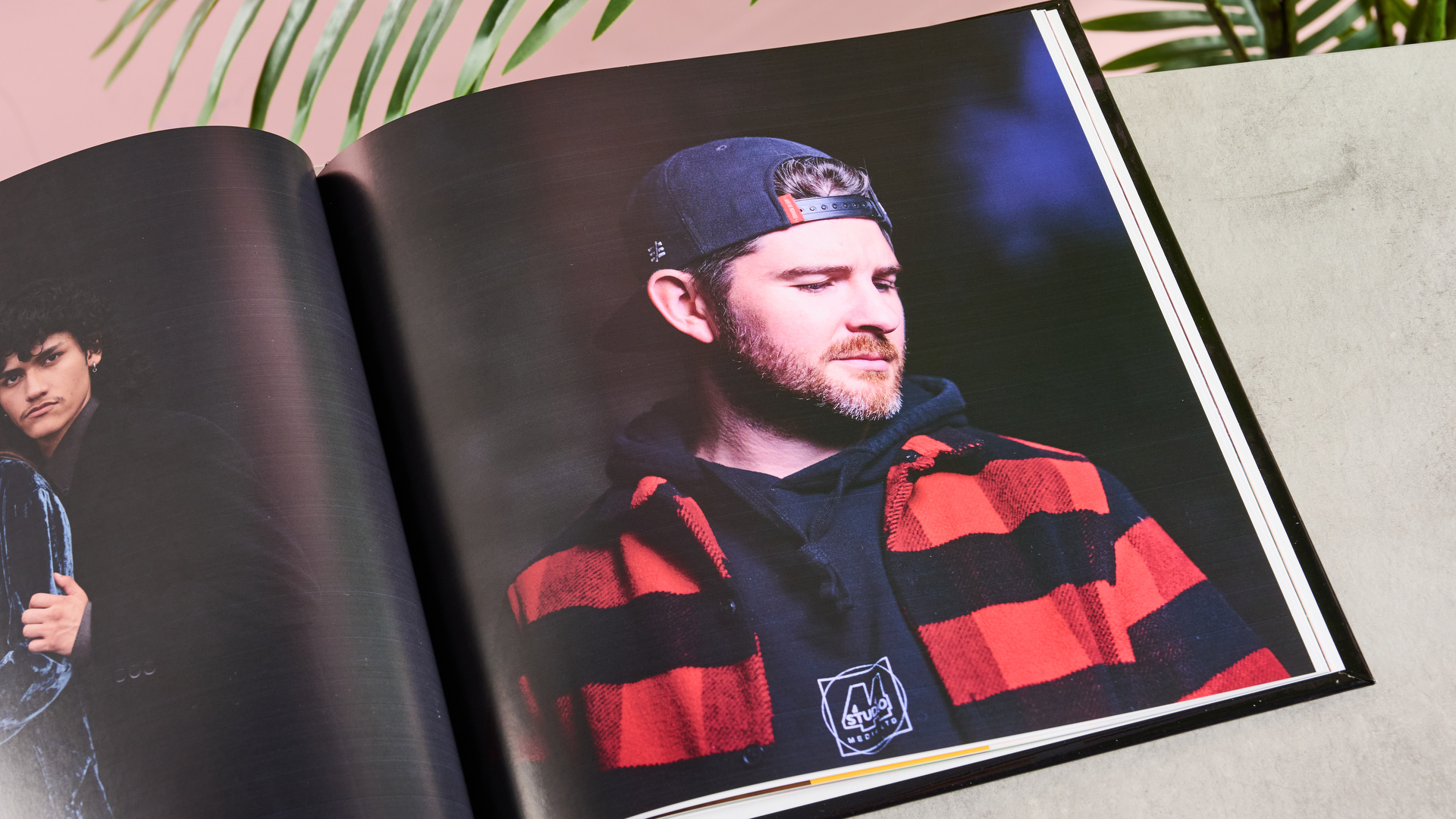
So, how did the process of creating my standard book turn out? Overall, it was a mixed experience, but I’m pleased to report that the positives outweighed the negatives. First, I was thrilled to complete the entire creation process without encountering any major glitches or issues. When I tested Shutterfly’s platform late last year, I faced some problems like images shifting unexpectedly, which wasn’t the case here! There was a moment when the photo menu lagged slightly, but after refreshing the page, I encountered no further complications.
However, the platform excels not just in performance but also in layout. There’s no need for complicated tutorials or excessive menu navigation—everything is intuitive, whether you want to change an image’s size and shape, insert a text box, or rearrange page order.
That said, at times, the user experience felt a bit too simplistic, with some important features lacking. For instance, when resizing images, I couldn’t see their dimensions in millimeters or inches, which made matching them to our template somewhat challenging.
Moreover, certain elements like shapes available in the Clip Art section aren’t fully customizable. I wanted to include a rectangle shape on some pages, but that wasn’t an option—forcing me to use a square instead. I could resize it but not change its proportions, which required additional adjustments with the images to mask any unwanted width.
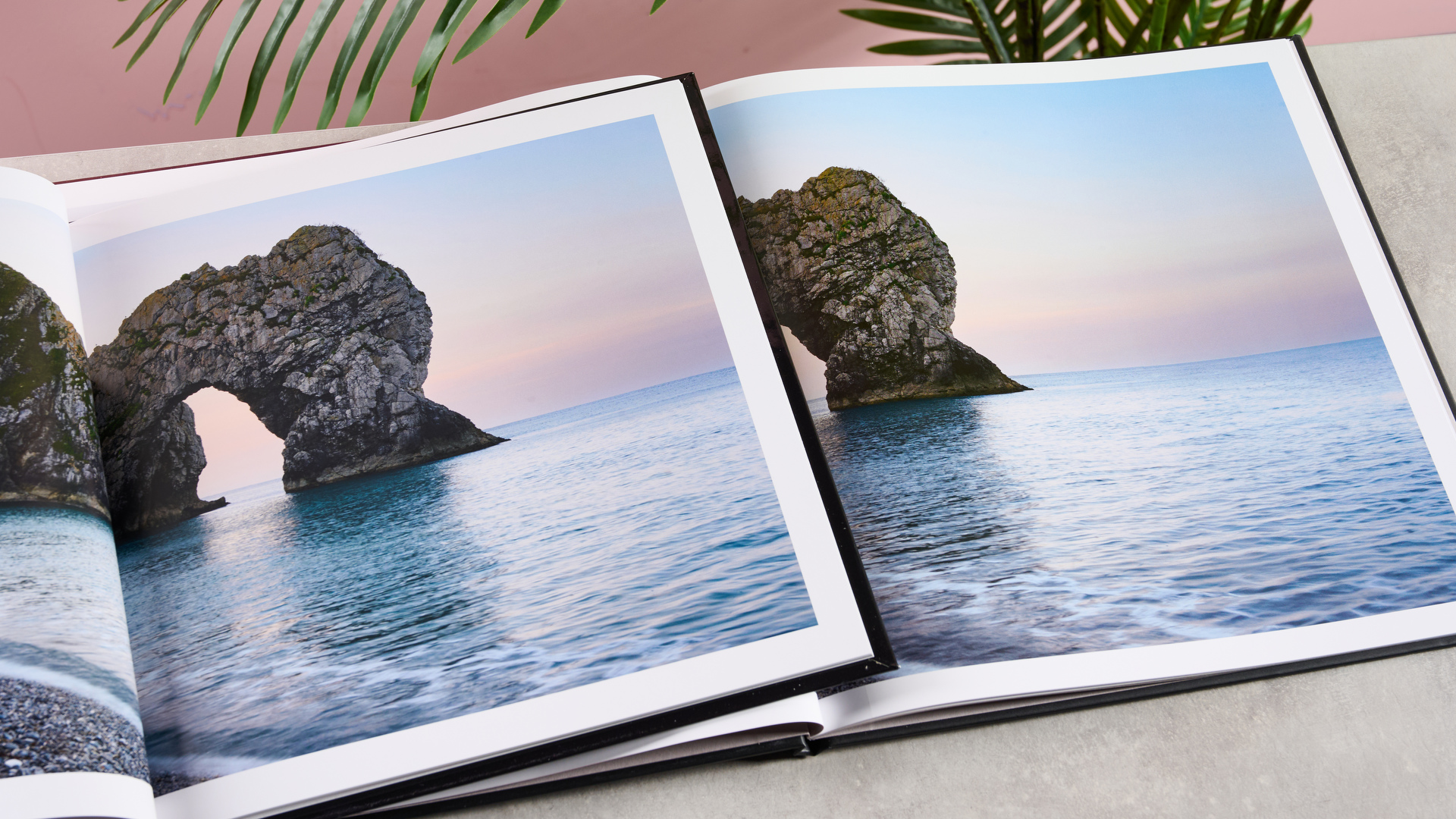
This limitation is fairly common on the platform. Custom font sizes aren’t permitted; you can only select from a list. You also can’t use hex codes for specific colors; you must choose from predefined options. Additionally, the absence of a search function to locate specific shapes or borders made Printerpix feel a bit basic—possibly even somewhat frustrating.
Nonetheless, the creation process itself was generally manageable, largely due to the Layout tab, which generates single or multiple sections that can cover the whole page, a part of it (like a square), or an area within the page border. These sections can be automatically filled with your uploaded images, making the photo book creation quick and easy. You can also add images manually, which was handy when placing the TechRadar logo on the book’s spine—something that proved difficult on other platforms.
Furthermore, there are various attractive background options available, including solid colors and patterns like ‘Geometric’ or ‘Striped.’ You can embellish these backgrounds with numerous icons, shapes, and text from the Clip Art section—though some of these graphics appear quite dated. Additionally, the other design elements, such as borders and frames, could use a modern upgrade. Of course, these aren’t mandatory—I chose not to use borders or frames in my design. However, it would be nice if the decorative options looked as contemporary as the editing interface.

Now, let’s take a closer look at the final product to see if it met my expectations. Honestly, my satisfaction was somewhat mixed in this area.
I was generally impressed with the color reproduction in my book. The deep forest greens on one page were beautifully vibrant, contrasting nicely with a variety of purple flowers. The waves in a cliffside photo appeared well-defined, and the azure sea was rendered excellently. Additionally, the pages felt sturdy and durable, so I never worried about tearing them while flipping through the book.
However, the experience was not without its flaws. A significant issue I found with the Printerpix photo book was banding—unwanted lines that sometimes appear on printed images. Several images in my book suffered from banding problems, such as a photo of a man gazing upwards, which displayed noticeable banding alongside a color block.
It’s genuinely surprising when you encounter a real distraction, especially after spending over $100 / £100.
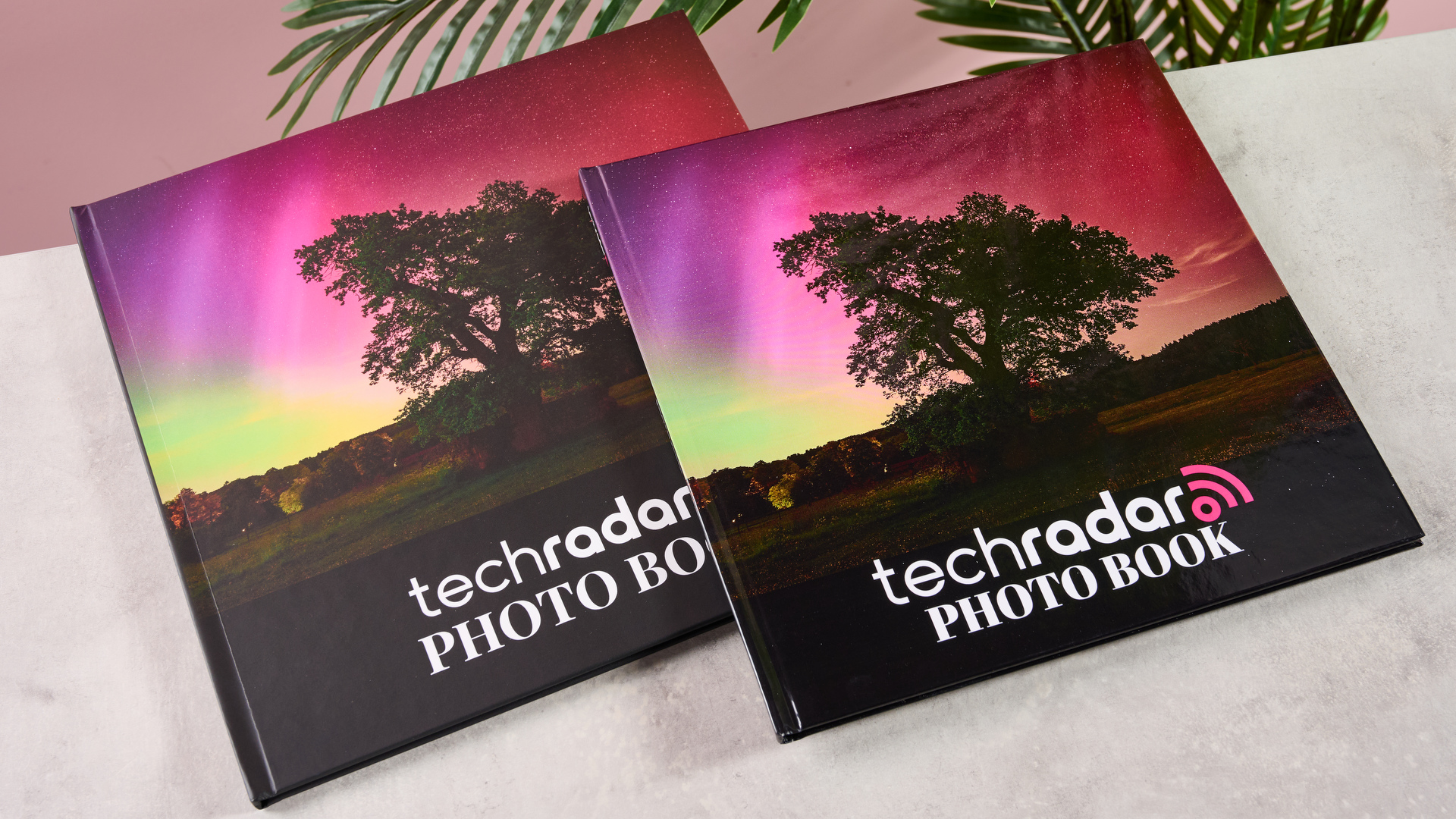
While the final products turned out to be somewhat average, was it worth the price? To clarify, I didn’t opt for the highest quality finish. I went with standard pages, a hardback cover, and non-HD printing. However, you can pay more for various upgrades like a matte finish, glossy pages, or even removing the Printerpix logo, which will add a bit more to your bill.
We were able to purchase our photo book during a Mother’s Day sale, but it usually retails around £90 (approximately $115). For delivery, it was an additional £7, and you can pay an extra £4 if you want to expedite production and prioritize your design. Compared to our past experiences with Mixbook, Printique, and Shutterfly, which were pricier, we have also found cheaper options like Blurb. Overall, the pricing is decent here, but don’t anticipate a flawless final product.
Ultimately, the Printerpix photo book is a decent, albeit imperfect, choice for those looking to capture their cherished memories in print. The creation process, while somewhat limited, is straightforward. The result is quite vibrant and builds well, but some quality issues like banding may arise. If you don’t require the top-tier print quality, this could be a good fit. For those seeking a more superior product, I would suggest looking at the Blurb photo book, which has proven to be economical and well-crafted in our experience.
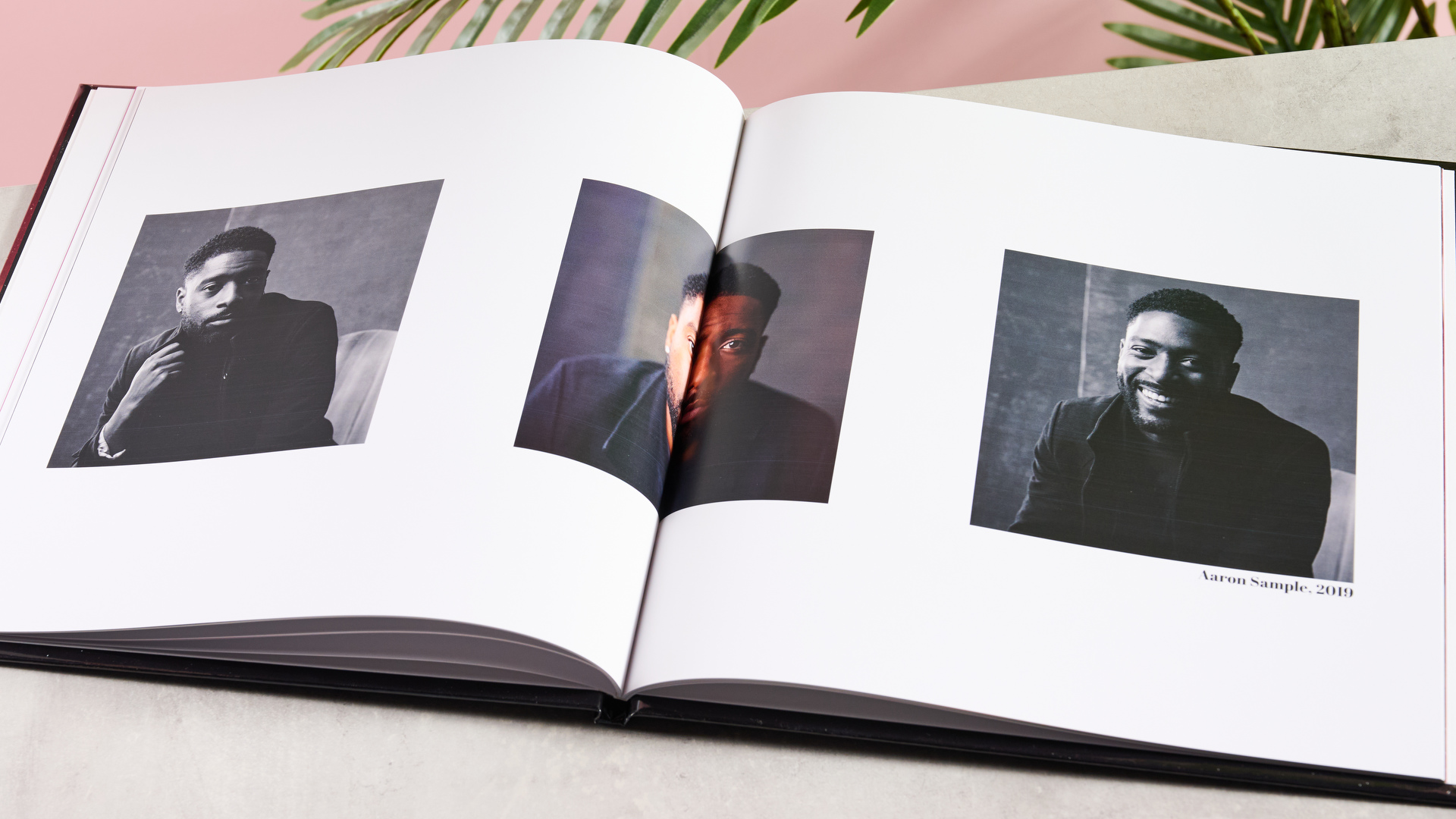
Should I purchase the Printerpix photo book?
Consider buying if…
Avoid buying if…
Printerpix photo book review: alternatives to consider
Methodology for testing the Printerpix photo book
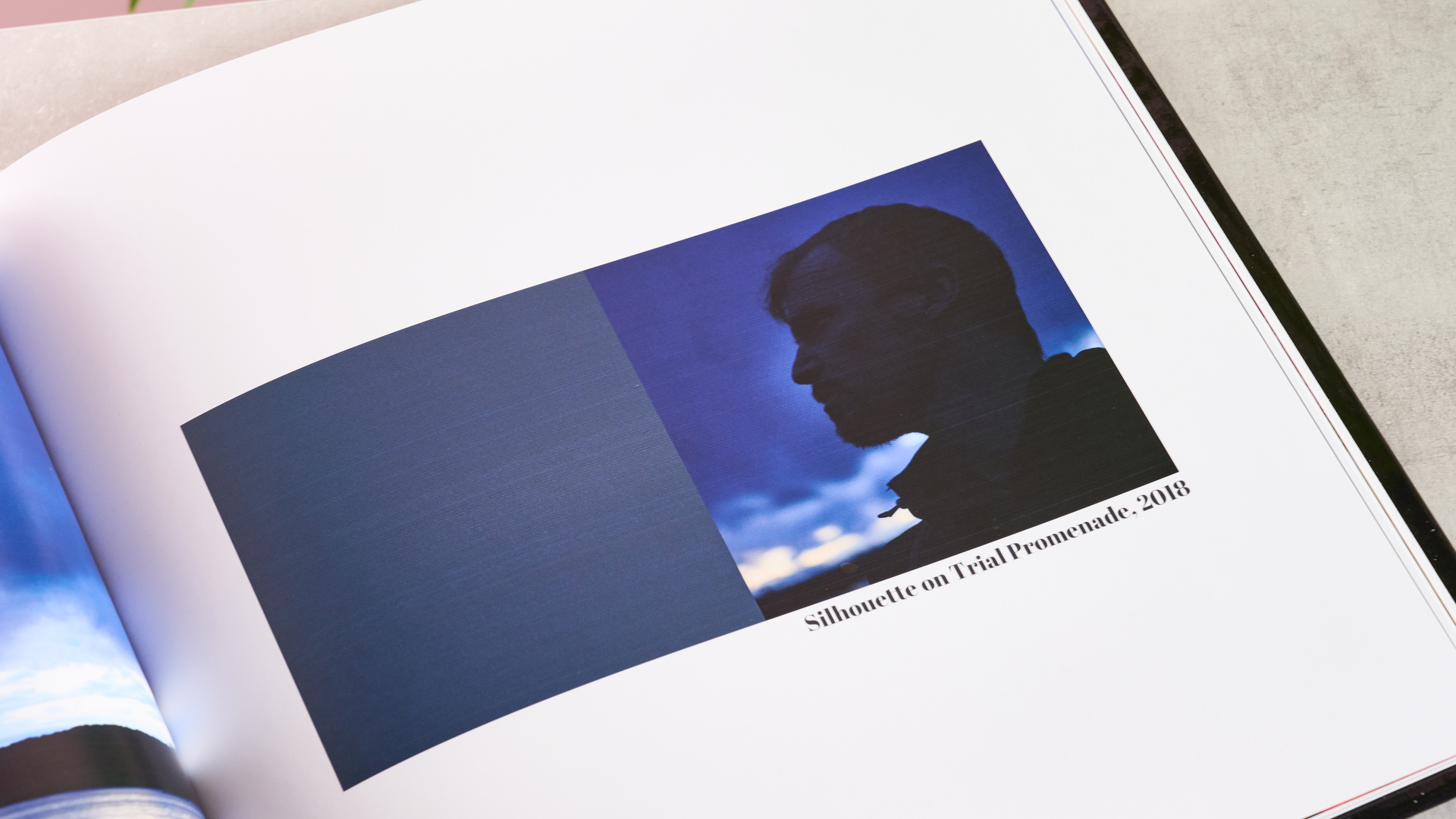
- Created a photo book to match the TechRadar template
- Compared it against other photo book services and tools
I utilized the Printerpix platform to design a custom photo book and explore several templates. At TechRadar, we have established a standard selection of photos for consistent testing across different photo book platforms, ensuring a fair comparison. We strive to maintain the same layout for each photo book to identify the best service available.
In addition to comparing software features, I ordered the Printerpix photo book to evaluate its print quality, color accuracy, and check for any damage like scratches. For context, the photo book I created measured 27 x 27 centimeters, featured a hard photo cover, and contained standard pages.


